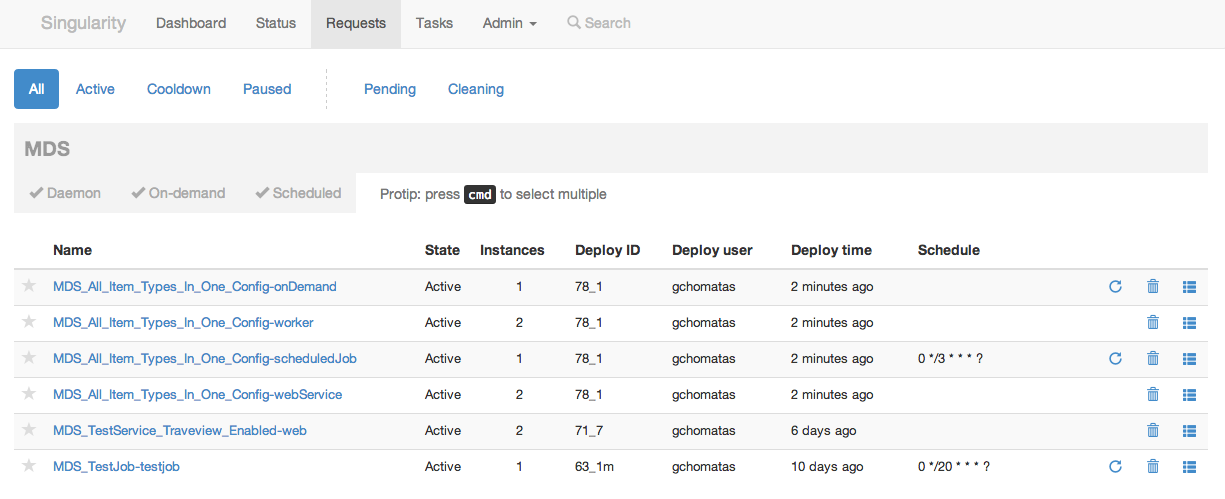Report from Agile Testing expo
We attended the Agile Testing Expo in Danvers (Boston area, Ma) about one week ago. It was the first edition of this event in the US after several successful editions in Germany. We handpicked this event as a part of our Expo tour in the US. A convenient area for us to travel as several of our customers and prospects are located in the Boston area. In this IT business where a lot can be done remotely, we always enjoy meeting face to face with our supporters to share some good talks.
Booth
The expo was organised in the expo hall of the Hilton DoubleTree hotel. Count a 30 minutes drive North of Boston to reach the place. On the event, every exhibitor had a small corner to display its materials, no large booths, only a table and room for a couple of banners. We made the call to display our colors and openly communicate on JMeter and our basic strengths (Easy scripting, Intuitive design, Live results). A good call as we were the only company to communicate about JMeter among our competitors. A good keyword when it comes to performance testing. This is something we experienced at StarWest in October also, it drags people's interest.




